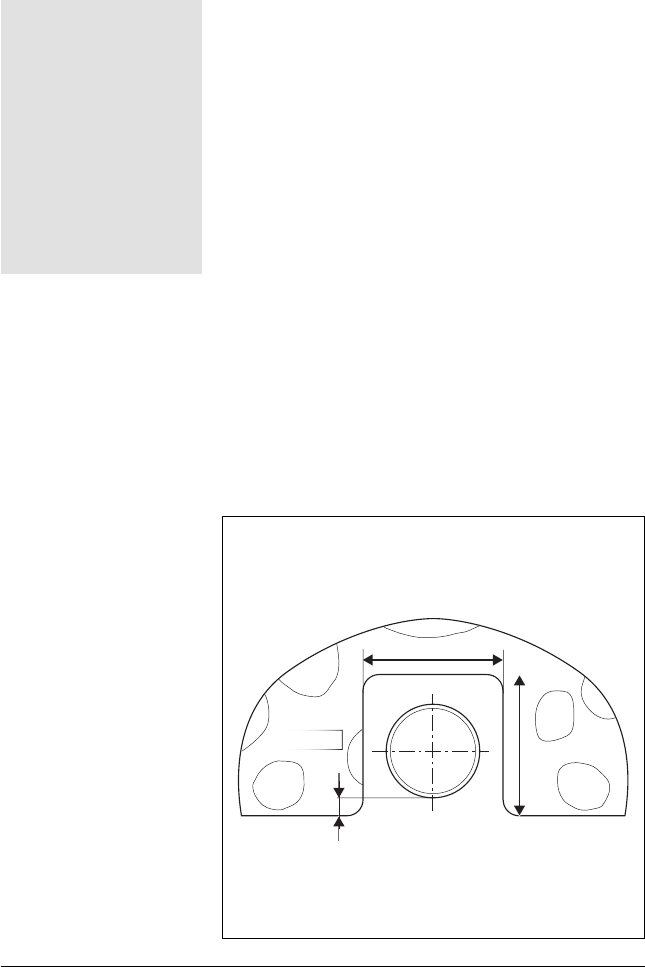
8
CENTIX 60
english
1) New buildings
Tips + Tricks:
•
Do not glue the vertical suction
tube to the horizontal suction
tubes in the ceiling immediately.
• When the piece of tube is being
sealed into the ceiling it must be
protected with a casing so that
the tube can be replaced with a
longer one after the ceiling has
been cast if necessary.
• Create slits for the suction tubes
in the finished wall. This makes
the masonry work easier.
Special attention must be paid to planning in a new building.
Changes cannot be made once the tubes have been sealed in.
Example: two-storey house with cellar.
As soon as cellar is ready in the carcass:
1. Decide where the ascending tube is going to enter the upper
floors.
2. Route the suction tubes to the locations where the vacuum so-
ckets are going to be installed in a spider pattern in the casing or
on the finished ceiling.
3. Let suction tube sections protrude from where the ceiling is go-
ing to be. Ensure that the tube also protrudes from the ceiling in
locations where a wall will subsequently be built.
Before casting the entire ceiling:
4. Prevent suction tubes from slipping. Otherwise vacuum socket
connection can move.
5. Build walls around the ascending tubes.
2a) Existing houses,
concealed routing
In existing buildings the best method to use is not to conceal the
tubes but install them beneath the plaster in the ceilings or walls like
conventional sewage pipes. Breakthroughs and wall slits of approx.
8 cm x 8 cm are required to do this.
1. Knock a slit (dimensions: 8 cm x 8 cm) in the wall.
2. Insert suction tube into slit approx. 1 cm below edge.
Masonry
ca.8 cm
ca.8 cm
1cm


















